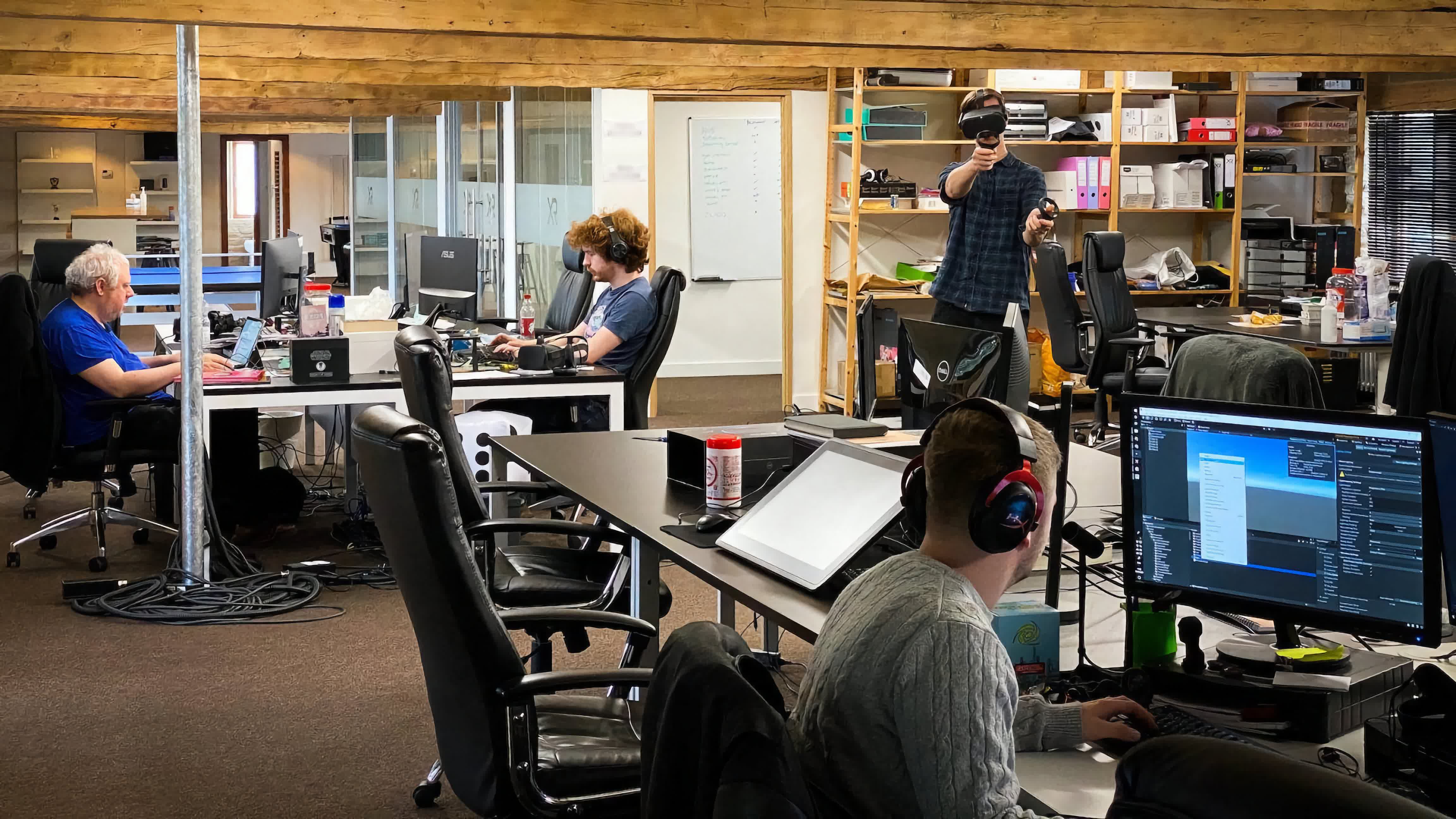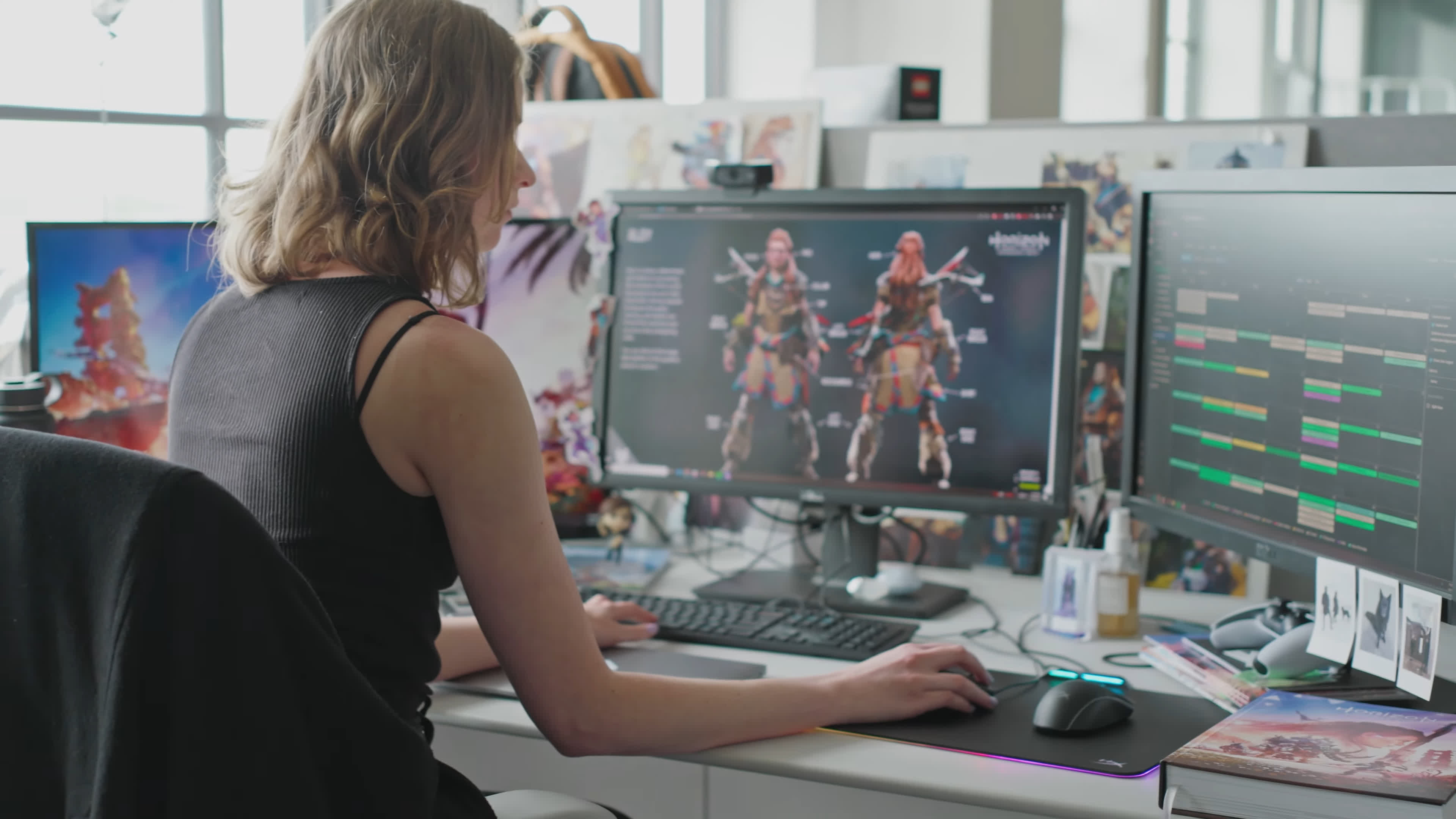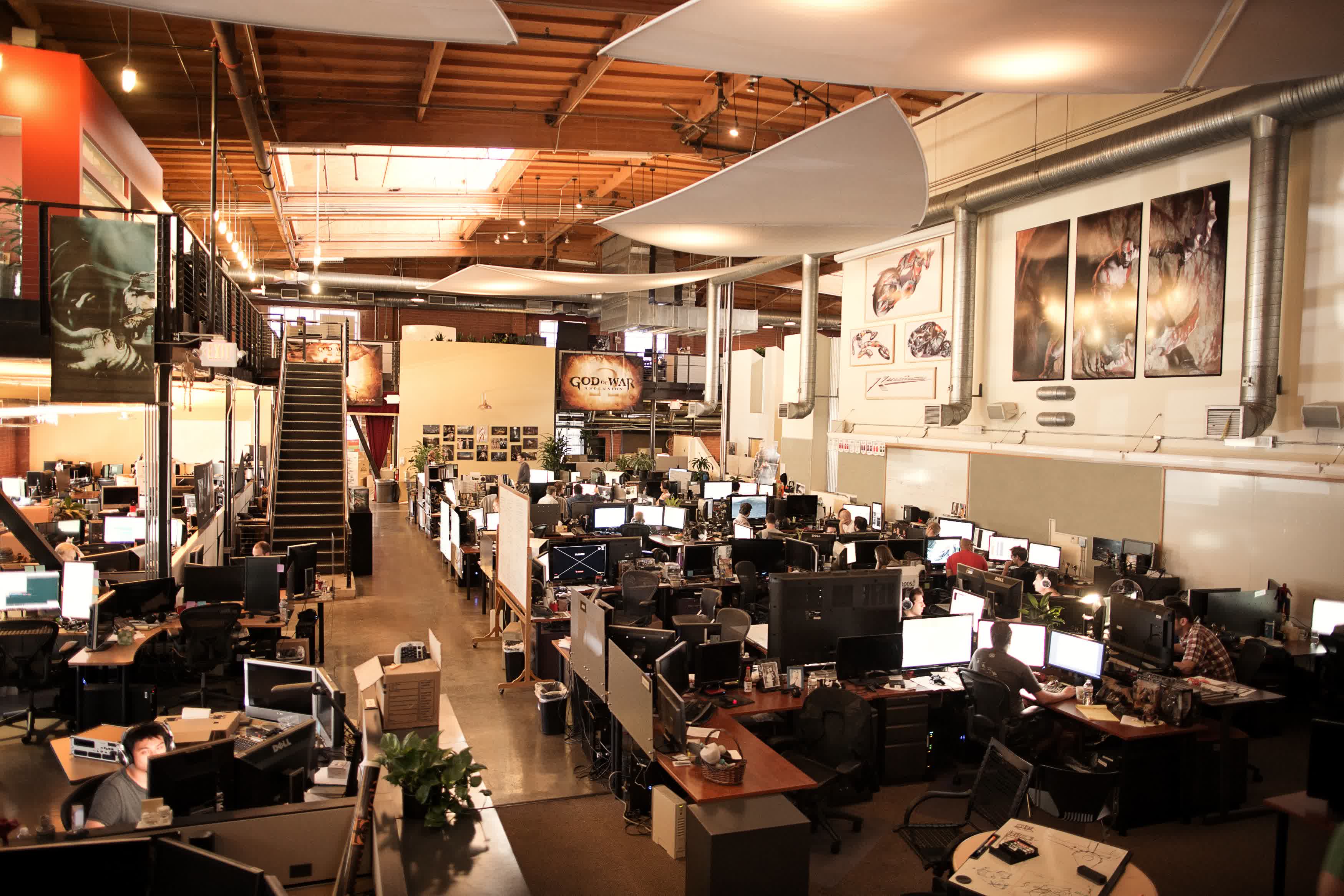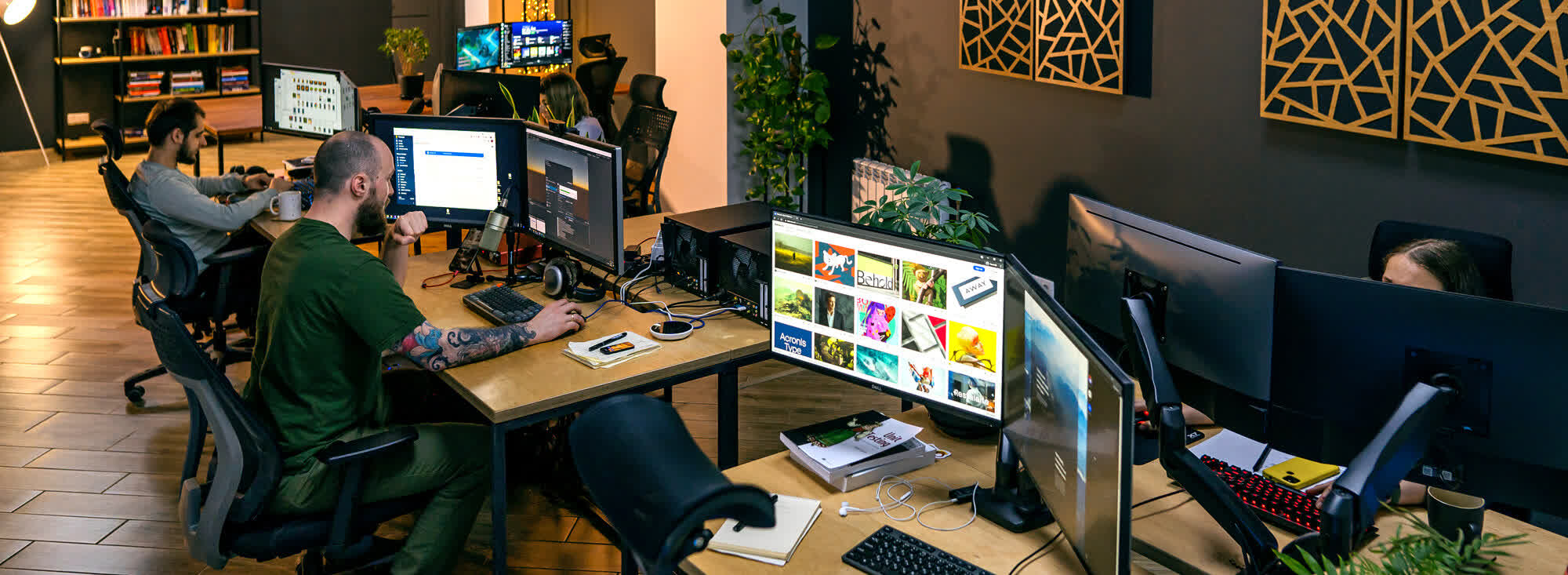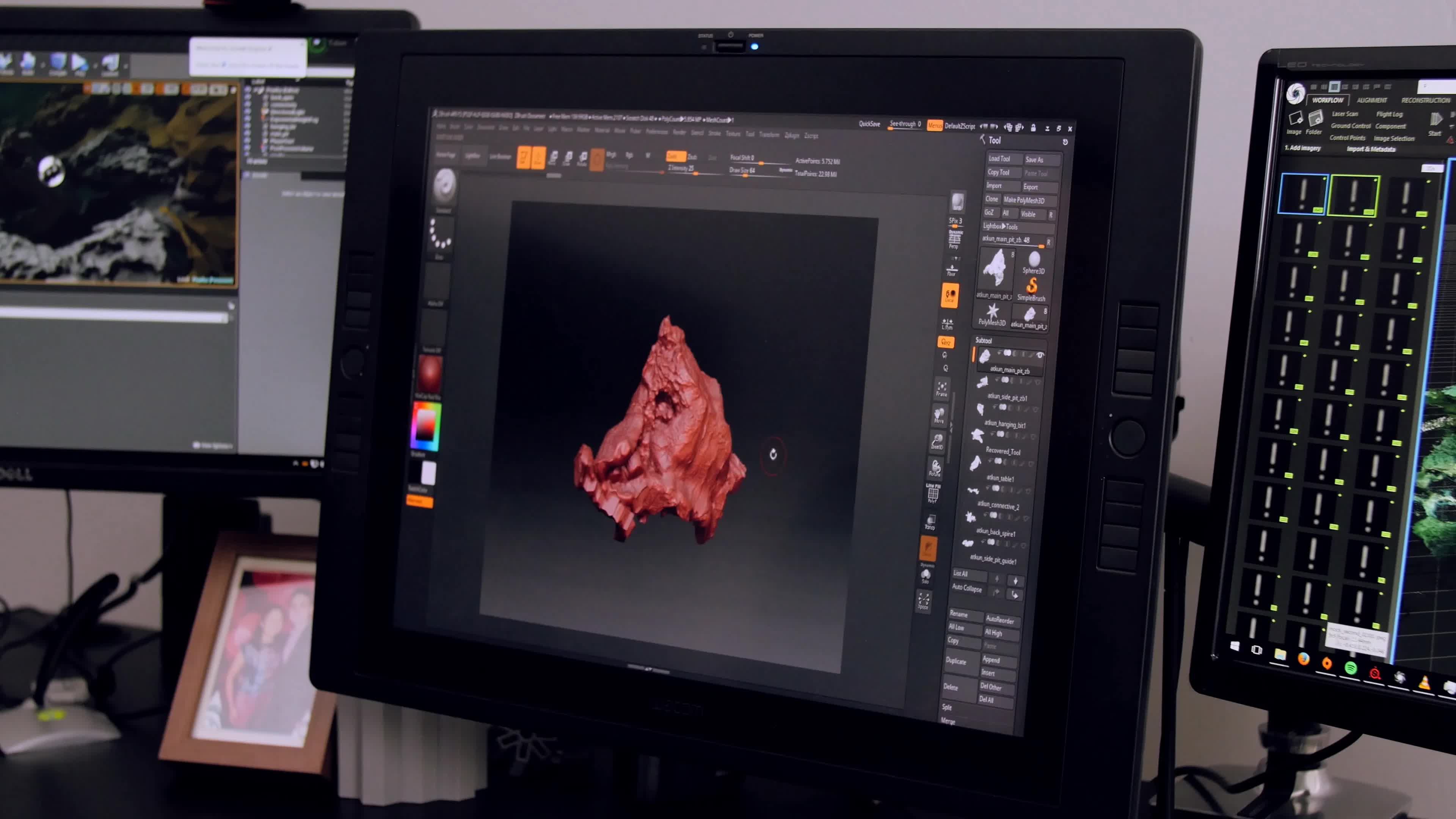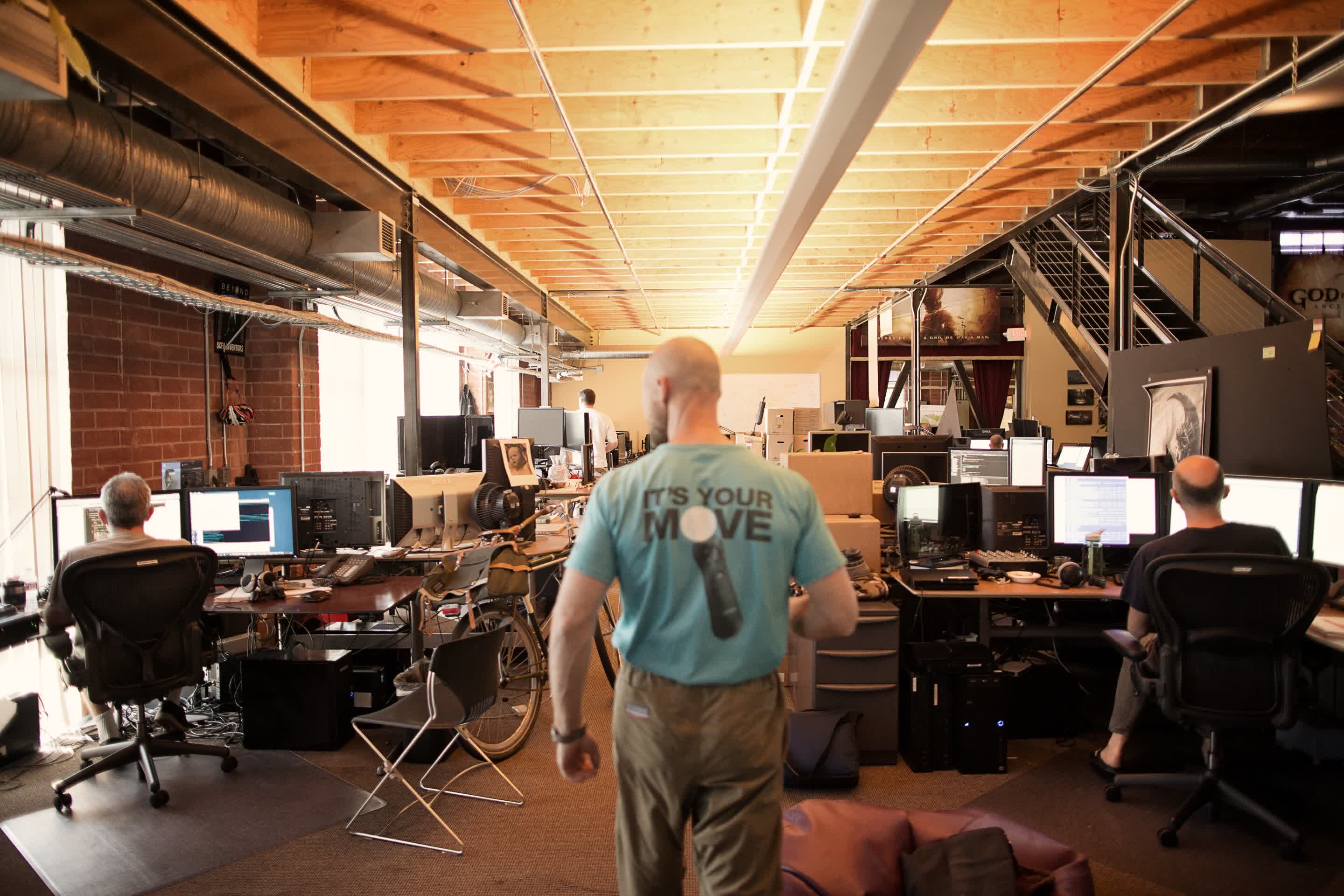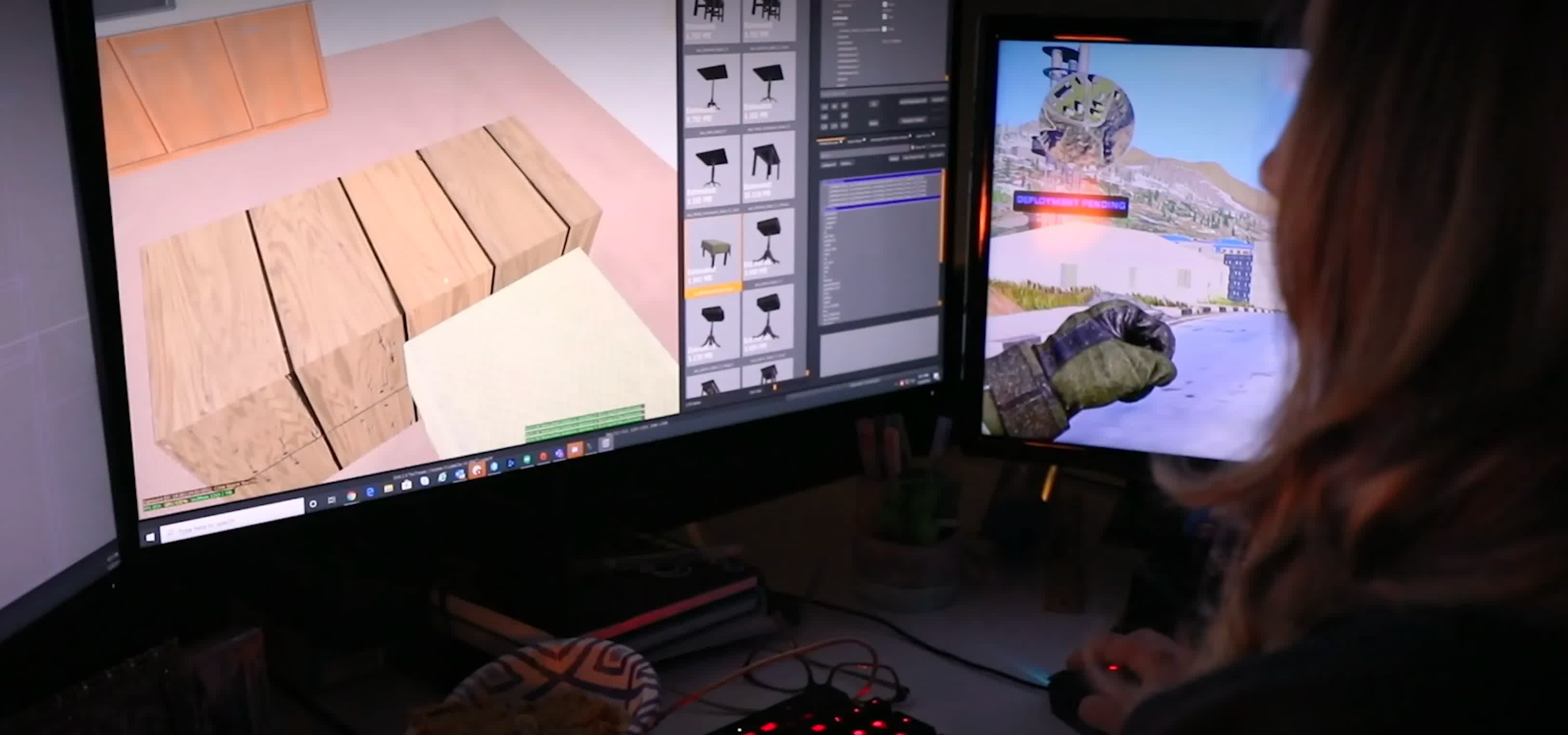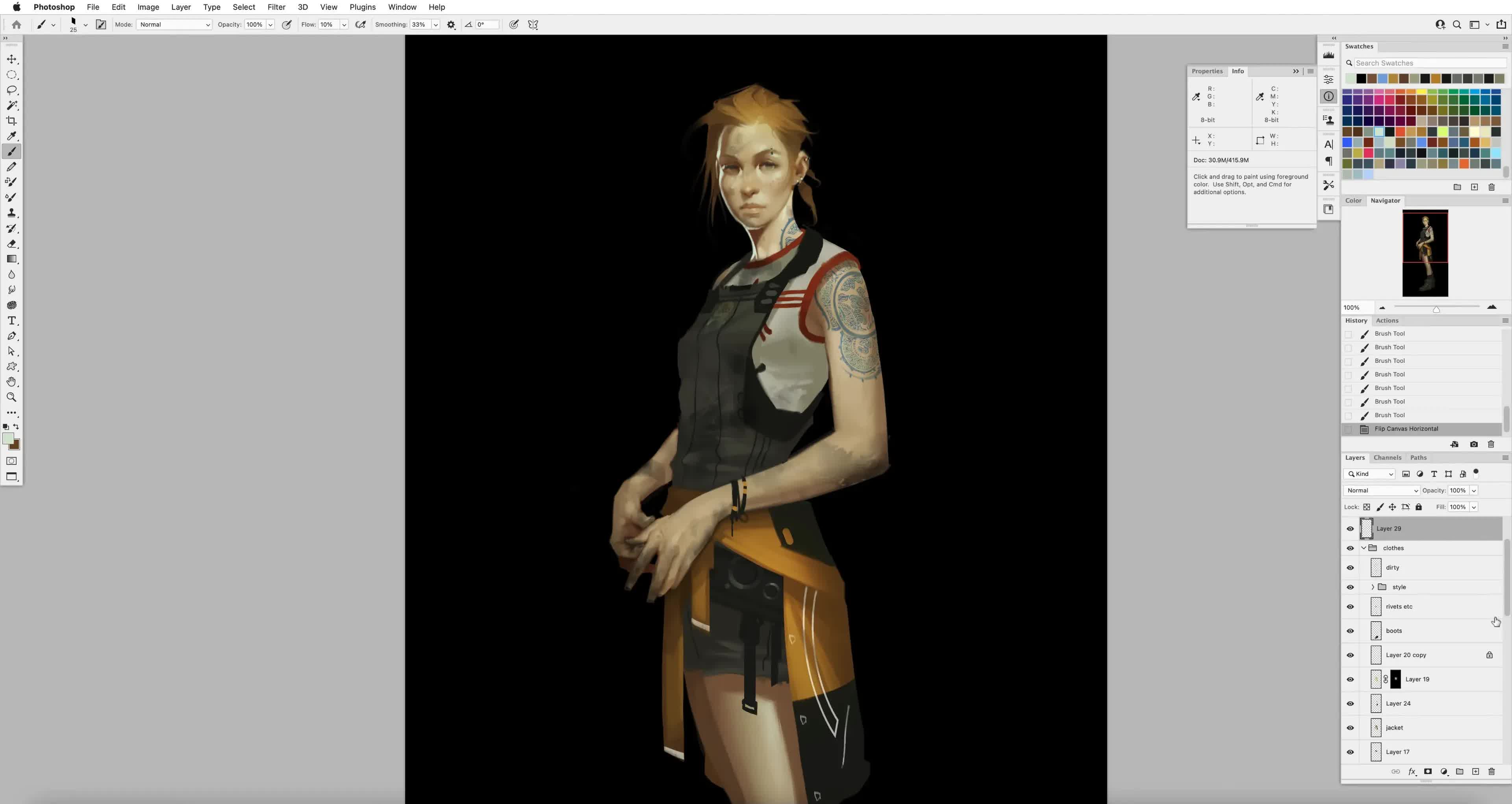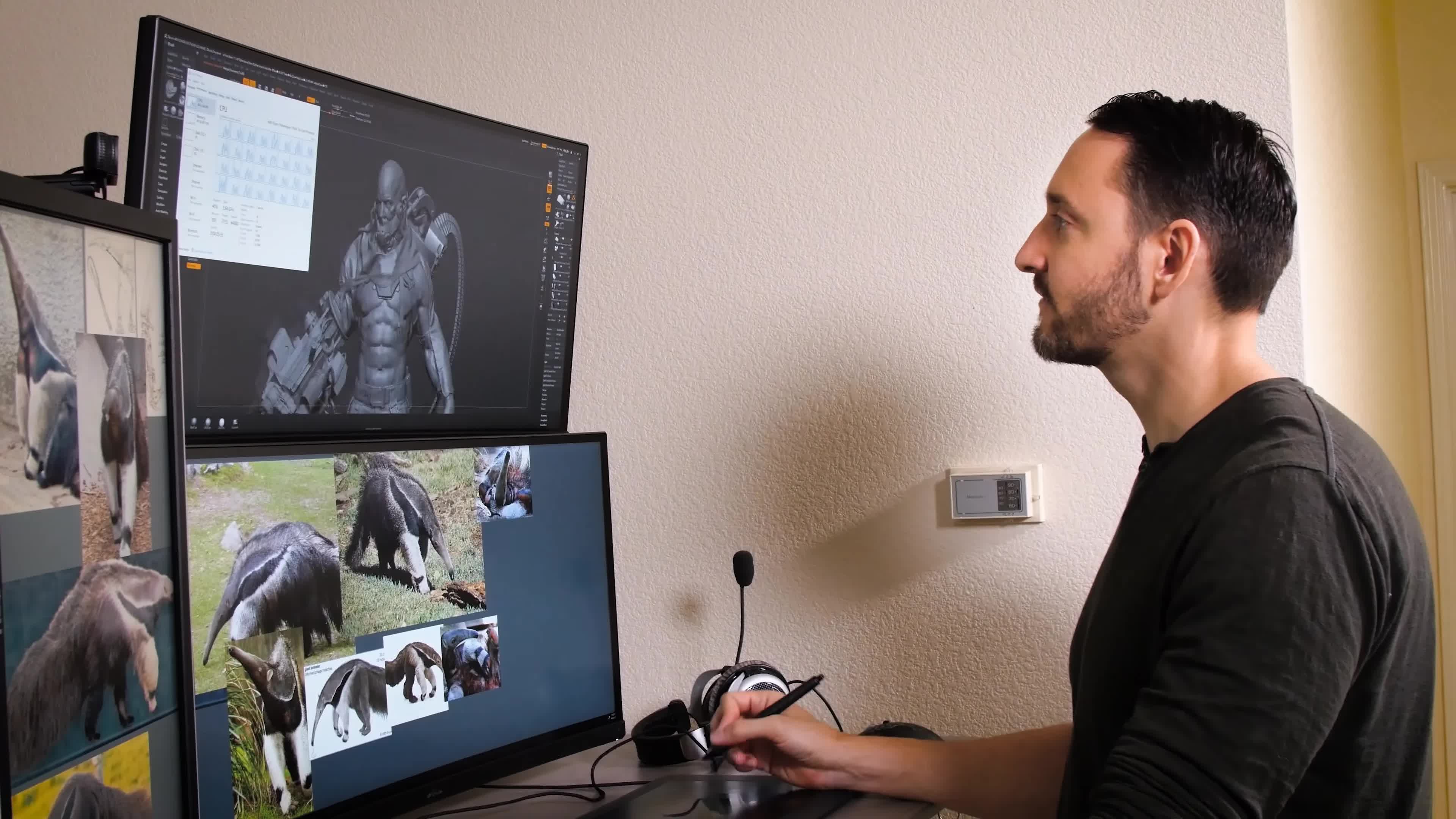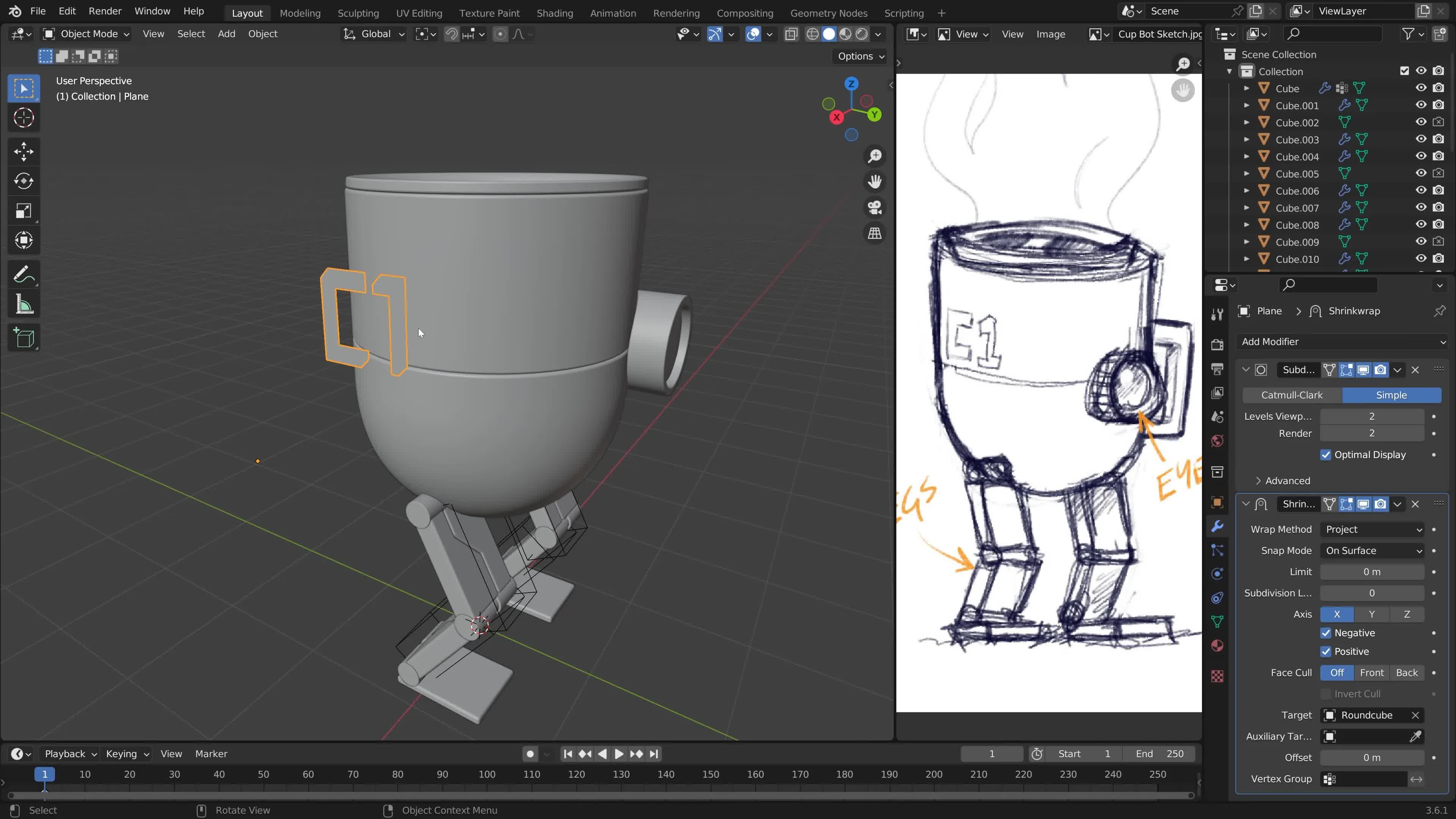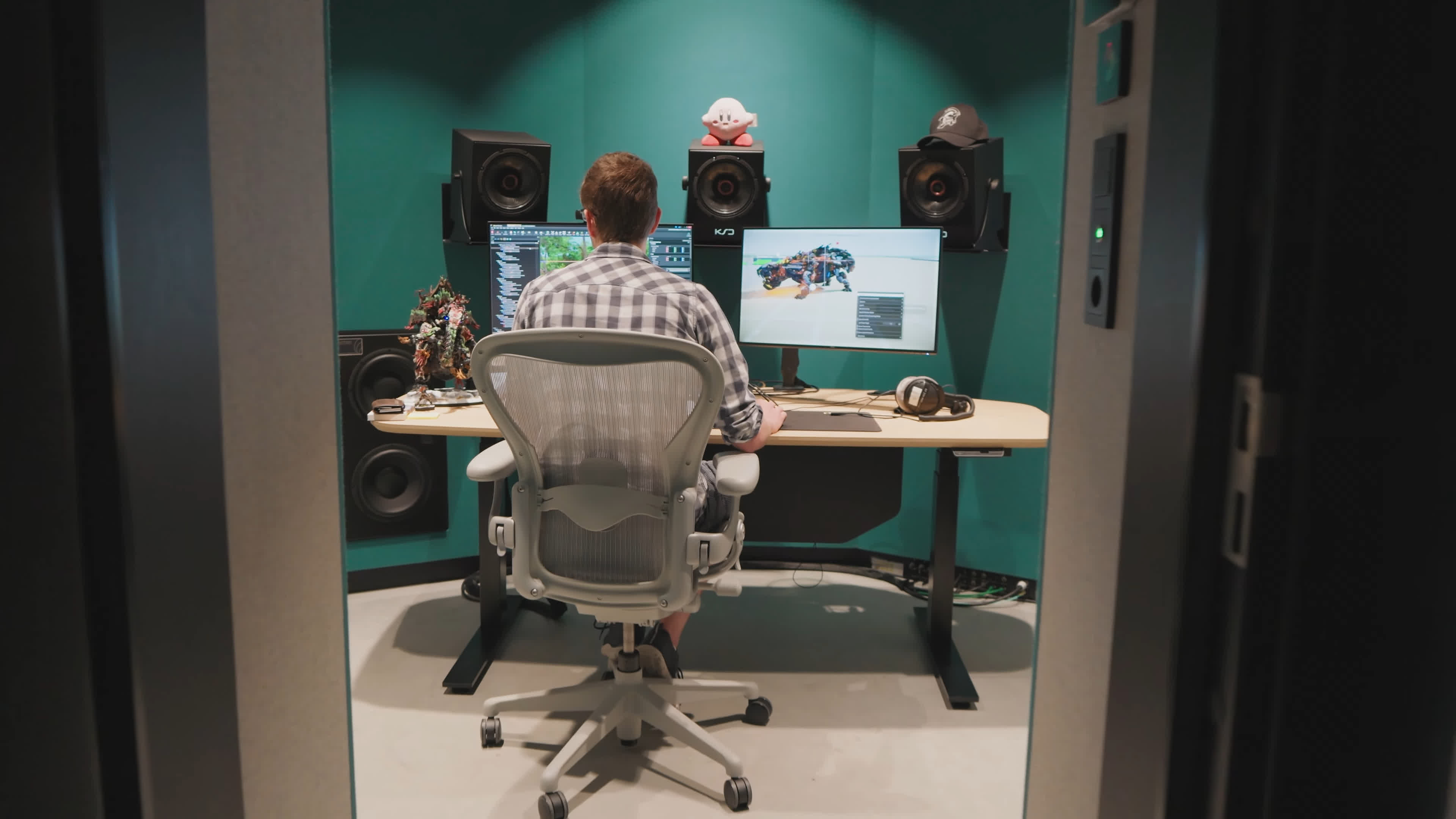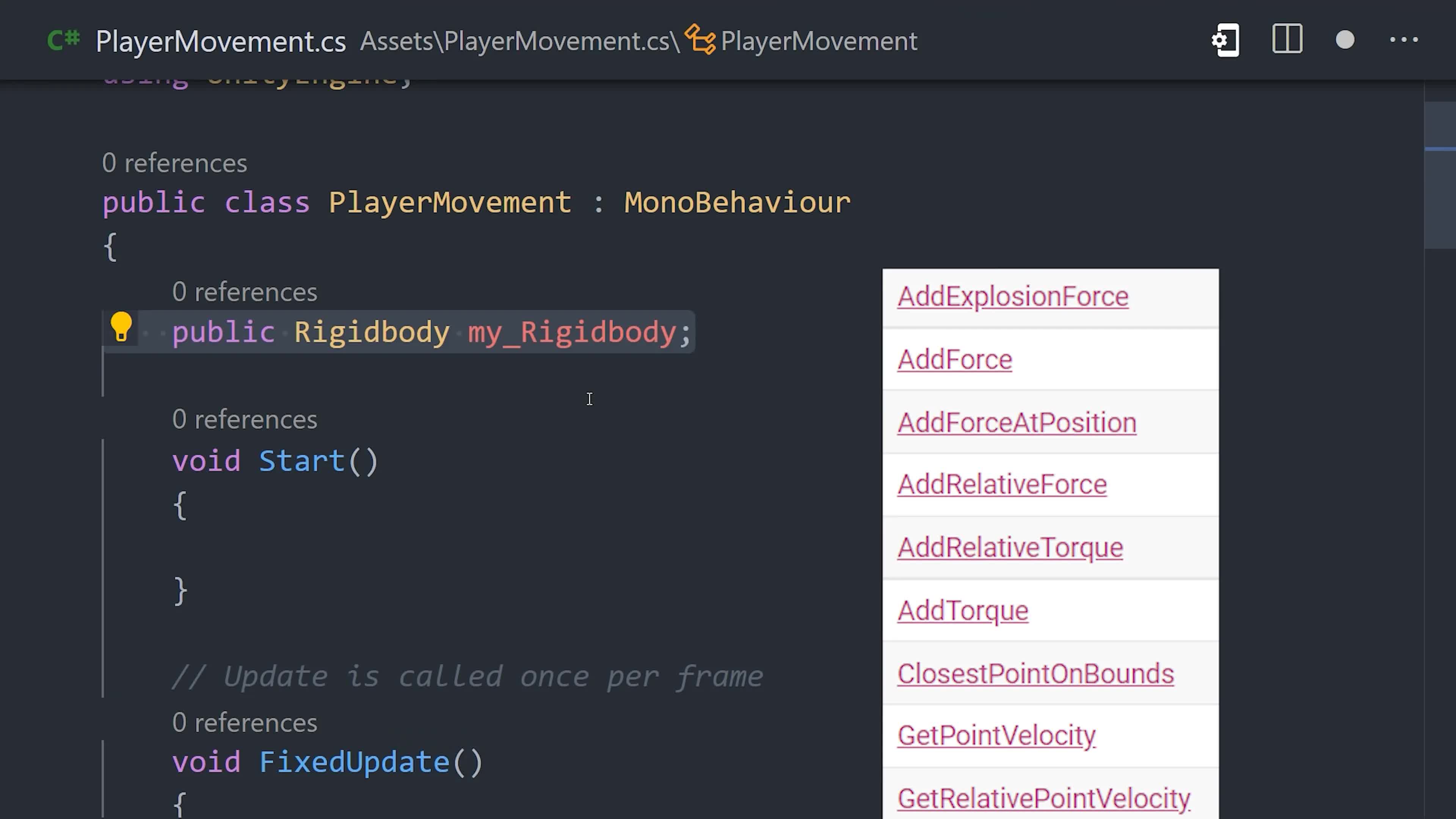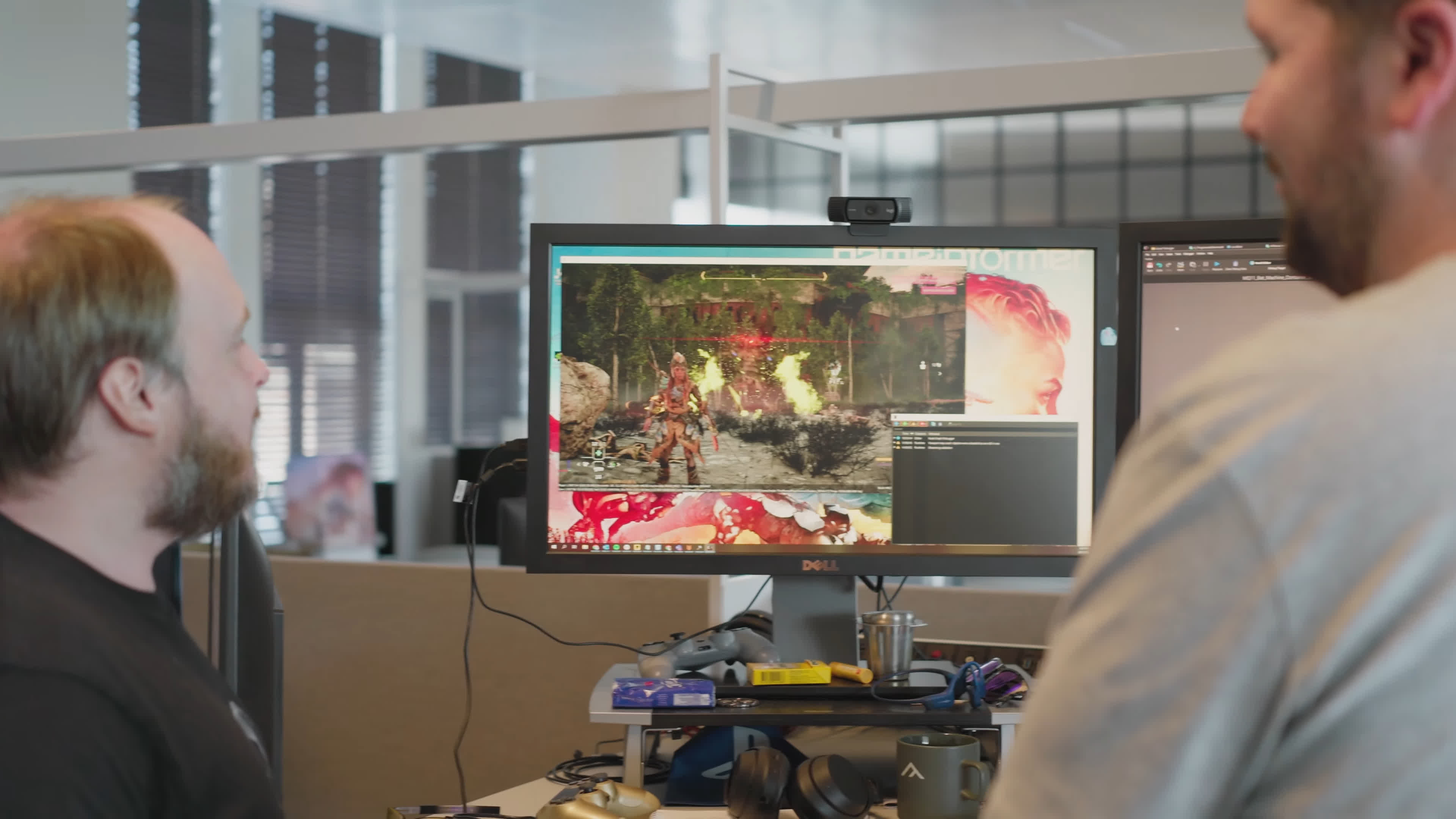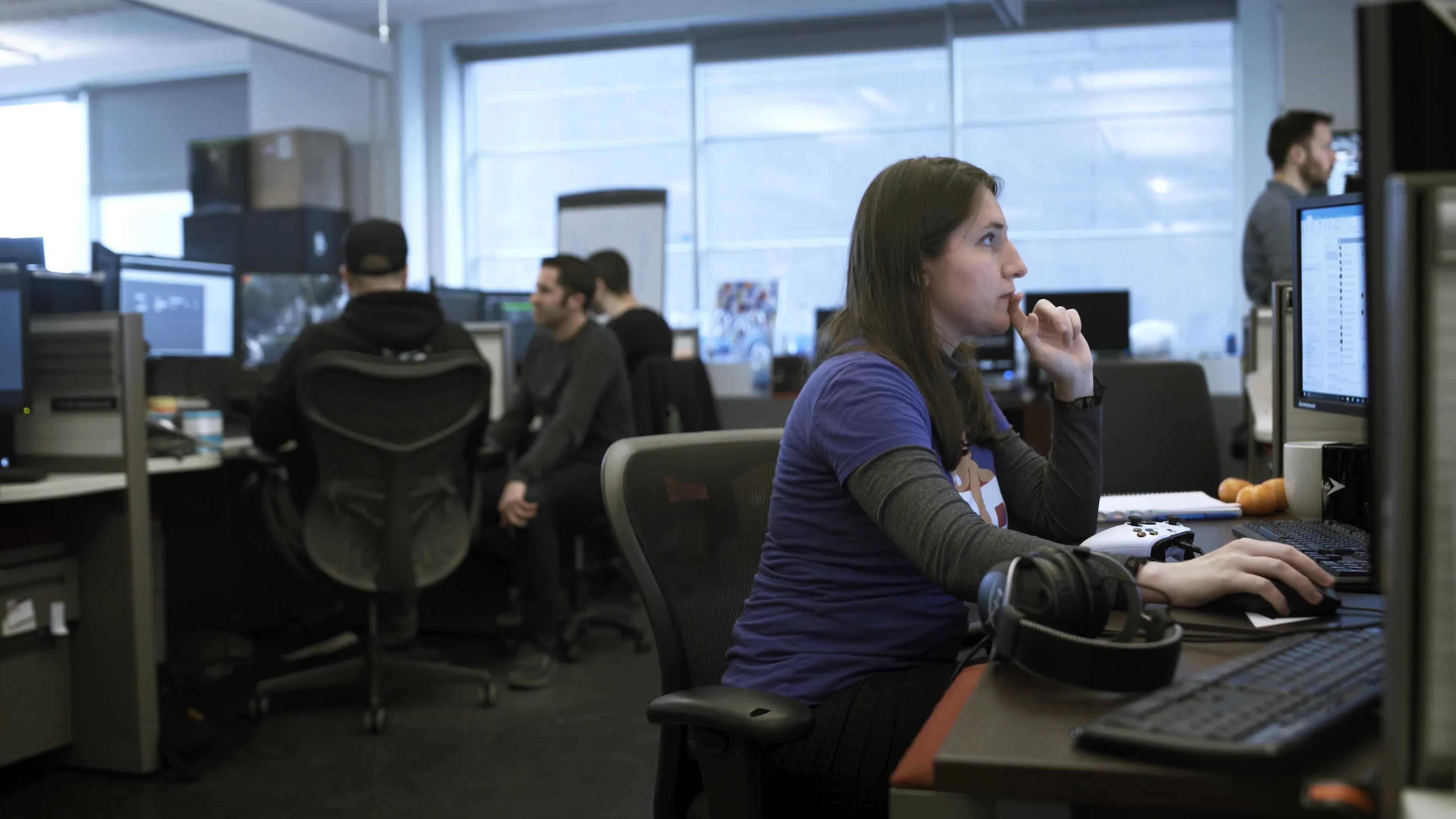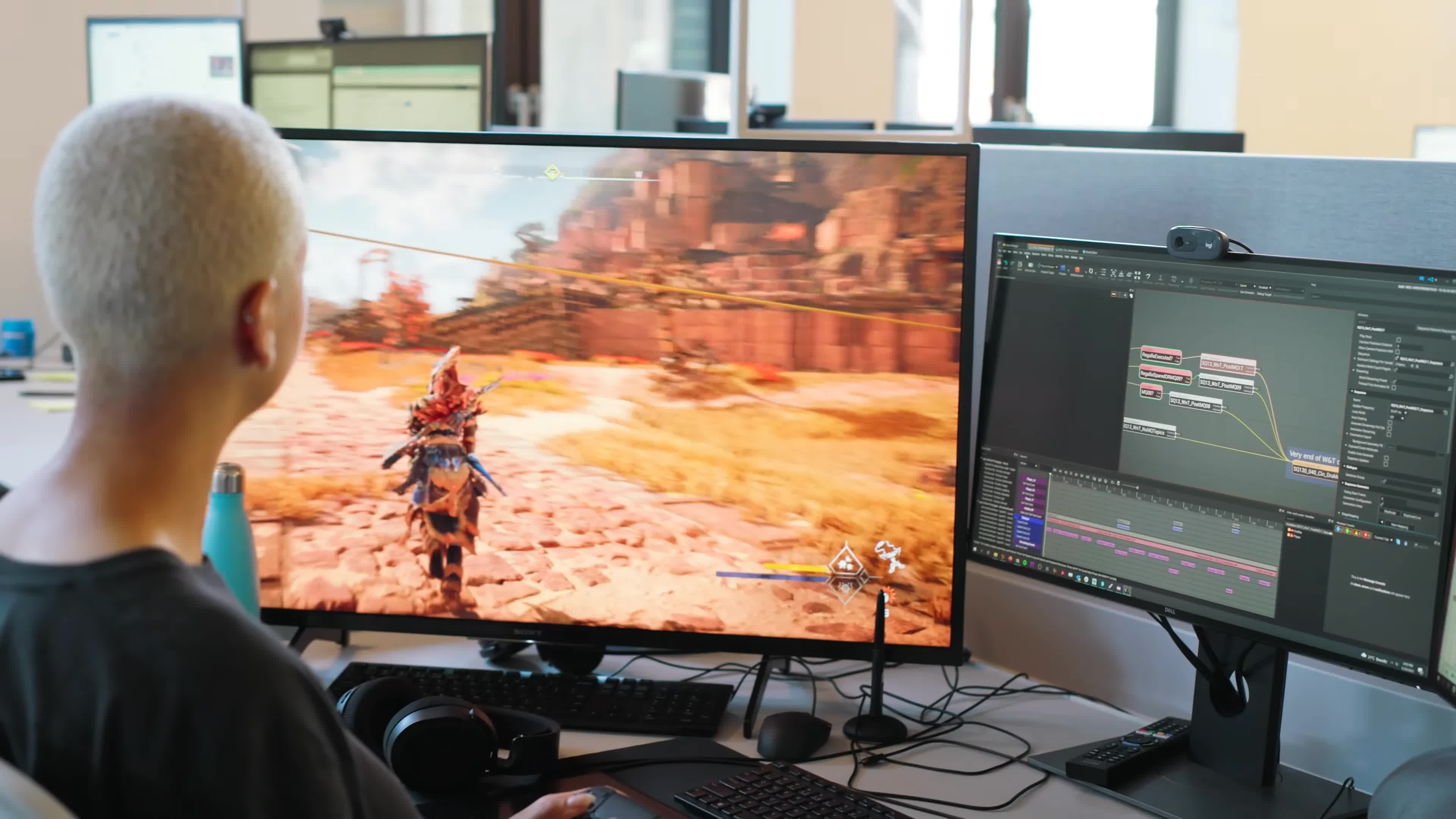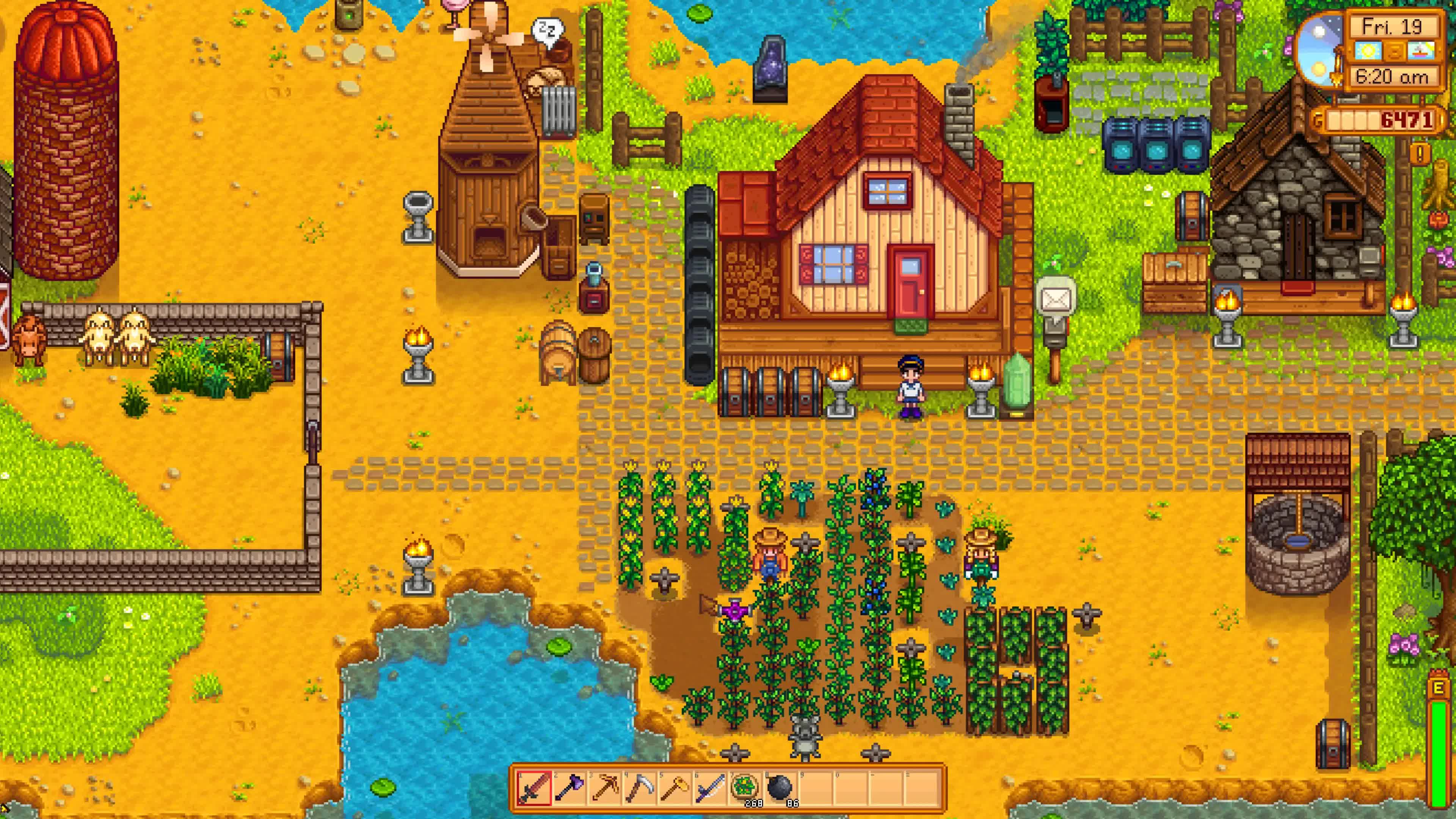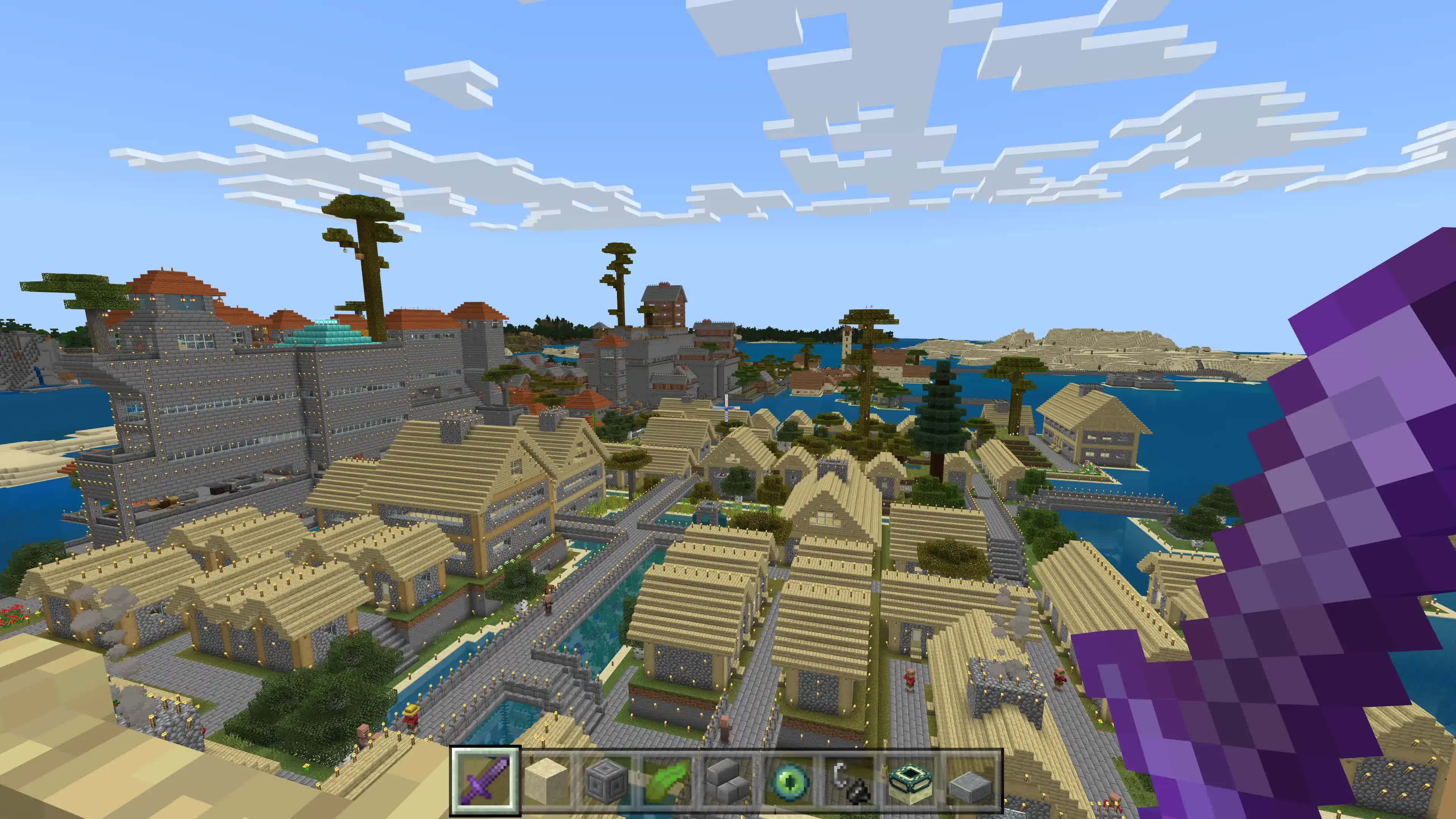You could be the kind of person who just lives and breathes video games, loving every aspect of them and wishing that your everyday life could revolve around games even more. Or, you might have lots of experience and talent in writing, programming, or art and you're looking to change career and move into a completely different field – one that pushes your skills to new heights of creativity. It might even be a case of both situations being applicable to you.
Whatever your background or the reasons for wanting it, working as a video game developer can be one of the most challenging, yet rewarding, jobs you could ever hope to undertake. But given the scope of the field and the sheer number of different roles involved, getting started might seem extremely daunting.
Here's a breakdown of all of the different areas within game development and a wealth of advice and guidance on how you can join the hundreds of thousands of people, all around the globe, whose daily job is to help make imagination come to life.
What's involved in making a game
It doesn't matter what type it is, what genre it belongs to, or what device it will run on, the creation of any game revolves around four fundamental aspects: design, content creation/sourcing, programming, and testing.
The bigger and more complex the game, the more work is required in each of those areas. This complexity makes development challenging for a single person. Many developers don't attempt to cover all these aspects alone. Instead, they often focus on just one area. However, even in such cases, if the game aims to top the charts with its size, scope, and budget, an individual might be tasked with handling only a very specific and small part of the entire project.
Every game begins its development cycle as a collection of ideas. It could be the overarching story, or a unique approach to gameplay. Regardless of the initial concept, a wealth of design steps is necessary to bring the entire vision to life.
As this task progresses, many developers begin to visualize their ideas, and the early stage of content creation merges with the design phase. Everything from character sketches to intricate concept art is used to flesh out ideas and add substance to them.
At some point, gameplay mechanics, world rules, goals, rewards, and other elements must be thought out and documented. Similarly, aspects such as menu screens and in-game information displays need planning and design.
Once all of this has gained sufficient meat, the game's fundamental design is typically compiled into a document sometimes called a GDD (Game Design Document). Many game development companies use the GDD to pitch to publishers or investors, seeking funds to continue the creation process. Some GDDs are very bare-bones in nature, whereas others have an almost coffee-table book quality to them.
Websites like Gamescrye and Gamedocs host libraries of GDDs for many famous titles. However, it's important to note that some GDDs are created by fans rather than the developers themselves. Reading these documents and comparing them to the final version of the game can be enlightening, as it reveals that the design phase can span the entire length of the development process.
Sooner or later, the creation of the game itself needs to get started, and for many titles, content creation and programming proceed side-by-side. Content creation involves the visual and aural elements, though sound is typically implemented later in the cycle.
Regardless of whether a game uses 2D pixel graphics or modern 3D rendering, every element that will appear on screen needs to be created. Completing as much as possible during the design phase makes this process smoother. It's problematic to constantly create new assets for a game because crucial decisions weren't finalized earlier. Contrary to what some might think, it's not necessary to have all the world, characters, and objects finalized before starting the programming. In fact, many renowned games of all sizes have been developed using stock assets or placeholder entities.
The bulk of the programming involves addressing thousands of "what if" scenarios that may occur in the game. Programmers must figure out how to instruct the device running the game to interpret every input command and display the corresponding results on screen.
Some of this can be greatly simplified by using a third-party software package, such as Unreal Engine, Unity, or Godot, with lots of large publishers and development teams relying on those, while many others have created their own proprietary tools over the years. We'll talk more about these later.
Once the programming phase begins in earnest, testing usually starts alongside it, focusing initially on ensuring basic routines are operational. More serious testing starts when the game reaches a more cohesive state – not fully functional and often lacking complete assets, especially audio. The so-called alpha version acts as an important milestone, although what condition the game is at during this phase varies enormously from developer to developer.
As a game's creation nears completion, testing progresses to the beta stage. This stage primarily involves identifying the numerous minor bugs and quirks that have arisen throughout the development cycle. Some development teams handle this entirely in-house, particularly larger organizations, but many opt to contract third-party companies or individuals (and sometimes even the public) for this purpose.
Note that this discussion has not covered aspects like producing, publishing, marketing, or distribution. While these are all crucial for a game's financial success, this article focuses solely on the process of making the game.
With this brief and simplified overview of a video game's development process complete, let's examine the roles involved in each stage. We'll use two contrasting games for illustration: FTL: Faster Than Light released in 2012 and Baldur's Gate 3, released in early access in 2020 and finalized in 2023, to explore how one might get started in these fields.
Game design
For the design of Faster Than Light, only four people were involved – the game's primary artist, its programmer, and two others who provided additional work. Only seven people in total took a role in the development of the entire game.
The design conception of Baldur's Gate 3, on the other hand, was on a completely different scale, with 32 people specifically credited for design and another 11 for concept art. This game also boasted multiple directors and a host of writers.
So, how exactly does one become a game designer? The lead designer of FTL began by earning a qualification in studio art, then worked for a company doing graphic design for websites and adverts. He later secured a junior design role at 2K Games, working on BioShock, and eventually founded his own company, leading to the creation of Faster Than Light.
Nowadays, a common path for newcomers to the industry is studying game design in college or taking courses with many modules covering the subject. From there, the goal is to secure internships or employment opportunities, hopefully paving the way to success.
The job market in this field is highly competitive, but the path described above isn't the only way into the industry. Many games come with tools for creating new content or altering gameplay (a.k.a. mods), and designing these mods, either individually or as part of a small team, is an excellent way to build experience and expand your portfolio.
As for the skills needed to be a successful designer, it depends on whether you're interested in designing an entire game or just a part of it. For example, if you have a talent for creative writing, keen attention to detail, and enjoy crafting rich, detailed stories, then a role as a narrative designer or junior writer could be perfect for you.
Alternatively, if you're a skilled artist who enjoys creating new scenes or characters and can explain and justify every element, then a career as a concept artist or environment designer might suit you better.
Gameplay and level designers often combine both creative and technical skills, along with strong logic and puzzle-solving abilities. Gaining experience through modding is highly beneficial for these roles. No matter your skill set, it's crucial to practice applying them in game scenarios as much as possible. This could involve taking your favorite game and creating a new character for it, complete with a backstory, personality, traits, and other attributes.
A great way to explore game design is to choose one game you love and another you dislike. Analyze what you love or hate about each game and expand on these aspects. If this seems tedious, then game design might not be the right field for you.
For example, if there's a gameplay feature, character, or level in these games that you particularly enjoy or dislike, consider how you would improve the less favorable aspects. Being specific and detailed in these evaluations is the essence of good game design.
Working as a freelance game designer is possible, where you might be contracted to create parts of, or even the entire, GDD. However, this field is competitive and saturated with capable designers. If you're new to game development, securing paid work can be challenging, so consider offering your services for free on small projects to gain experience and build your portfolio.
Content creation for games
Working as someone who creates assets for a game (including 2D/3D objects, textures, text, sound effects, music, etc.) is likely one of the more accessible roles in the game industry. However, this area also attracts the highest number of applicants for any given vacancy.
This is because the skills needed to produce, for example, a 3D character for a first-person shooter, are generally similar to those required for creating an advertisement for a manufactured product. In theory, if you already know how to create a realistic model and produce all the relevant textures and normal maps, you should be able to do the same for a game.
However, theory and reality are often very different beasts. Being able to simply do something is not the same as being able to do it precisely as required. Modelers typically use concept art from the design phase as their primary reference. If you're interested in this area, practicing by replicating game concept art found online is an excellent way to gain experience.
Naturally, it helps if you've had specific training. The lead character artist for Baldur's Gate 3 gained a bachelor's degree in game graphics design, doing various freelance work at the same time. After that, she worked as an intern at Larian Studios (the developers of BG3 and others) and over the years rose in the ranks to her current position.
Some development companies have separate positions for people to do animation but many do not, so this is something worth bearing in mind – if you've only ever created static objects, transitioning to the world of motion is quite the challenge.
If you're new to modeling but have an art background, dedicating time to mastering appropriate software is essential. Some game firms use in-house tools, while others use professional packages like Maya, ZBrush, or Houdini.
Blender, which is free (above), may be a jack-of-all-trades and challenging to learn, but it's an excellent starting point. There are numerous online resources and tutorials available for those willing to invest time and effort in mastering the program.
Creating mods for games like Skyrim is another way to gain valuable experience. Making a new model for such a game involves more than just a few clicks, but the skills acquired are often transferable.
When it comes to the audio side of content creation, it's somewhat of a similar story. The sound effects and music for Faster Than Light were made by one person and he has some sage advice on becoming a musician in the games industry.
Note that many development teams choose to license vast libraries of sound effects, rather than employ an individual or team to make something entirely new, but just as with the graphics side of things, having the right experience in sound engineering can be crucial. Professional developers often use tools such as Wwise or Fmod for audio management, but beginners can get started with the totally free Audacity.
Programming in game development
This one is obvious – every game requires at least one person to write the code that makes everything happen. Larger and more complex games typically need more programmers due to the increased number of sequences and routines that need to be programmed.
FTL: Faster Than Light was primarily coded by just one individual, while Baldur's Gate 3 required seven separate teams to cover programming areas such as the engine, gameplay, machine learning, and others, with 30 people involved in the engine alone.
The programmers at Larian Studios come from diverse backgrounds. Some followed a direct route, studying game programming in college, then securing internships, and finally landing full-time positions. Others had careers in general software engineering before transitioning to game development.
What they all have in common, is an early passion for computers and programming. They might have begun with simple routines in Python, but by the time they joined game development, they were competent in C++ or C#. Having a broad skill set is beneficial in game coding. At the very least, this means a strong foundation in college-level mathematics. Additionally, if you're interested in 3D graphics programming, a solid understanding of physics is also ideal.
There's a wealth of online tutorials for learning game coding, so a specific full-time course isn't always necessary. Your approach will depend on your existing programming knowledge, but what if you have no coding experience at all?
Transitioning from a complete beginner to comfortably coding even a simple 2D game isn't something that you can pick up overnight. While many resources claim to teach coding in a short time, they often only introduce the steps without providing deep learning.
However, you can start with the basics. For instance, Scratch is a free online tool that allows you to 'code' a game by dragging and dropping commands. From there, you could move on to Construct, which is more advanced than Scratch and requires actual programming, but its tutorials are clear and the results impressive.
For those serious about a career in game programming, advancing to a point where you can comfortably work with professional engines using C++ or C# is crucial. An alternative route is scripting, which is a more restricted form of coding. Unreal Engine's Blueprints system, for example, combines the drag-and-drop nature of Scratch with more complex gameplay programming. You won't modify the engine's core code, but you'll script the routines it executes.
Games that offer modding tools also rely on scripting. For instance, Bethesda's Creation Engine uses a programming language called Papyrus for scripts managing events, sequences, and behaviors.
Mastering any of these skills provides a solid foundation for a career in game development. While you may not be ready to create an engine from scratch, most modern titles use complete engines (either proprietary or licensed), so this skill is less frequently required.
Quality assurance and testing
This role does not require high-level qualifications or extensive experience in content creation or programming, yet it's absolutely vital in the development of any game, regardless of its size. The credits for Faster Than Light do not specify the levels of testing each individual performed, but those for Baldur's Gate 3 are far more detailed.
Over 50 people in separate quality assurance teams were involved in testing various aspects of Baldur's Gate 3, including the game engine, automated processes, gameplay mechanics, and general playtesting. Their backgrounds varied significantly, with some having college-level qualifications in game design or digital art, while others had no formal education related to the job.
Some testers worked at Larian Studios only briefly, likely hired specifically for the intensive testing phase. However, a few managed to secure other positions within the company after the game's release.
The nature of the work depends on the aspect of the game being tested. For instance, gameplay quality assurance might involve repeatedly checking a process to ensure it functions correctly or pinpointing the causes of known bugs.
Playtesting is more comprehensive, focusing on overall game experience: is it enjoyable, too easy or too hard, are the controls user-friendly, etc. Many companies involve the public in this process, either by releasing a beta version to a select group or, as is increasingly common among smaller developers, launching the game in Early Access.
Platforms like Steam host numerous early access games. Baldur's Gate 3, for example, spent nearly three years in this phase, and the feedback from the public significantly contributed to its success.
So, how do you get to be a full-time tester? Simple – developers and publishers will advertise the positions on their websites, so if you have a desire to work for a specific firm, then make sure you routinely check out their postings.
Websites such as Game Developer (formerly Gamasutra) regularly list vacancies from various companies, though these often require substantial experience, particularly on successful titles.
At the other end of the scale are sites like Upwork, which posts countless opportunities for freelance work, in all aspects of game development. However, such positions can often be paid very poorly, no more than a handful of dollars for something that may take you days or weeks to produce.
Participating in beta tests and providing detailed feedback can also be beneficial. While the work might not pay as well as other professional roles in game development and lacks prestige, it can serve as a strong foundation for a full-time career in the industry.
On being a solo developer
Working for another company isn't the only way to make a career in game creation. It's entirely possible to handle all aspects of game development by yourself. This approach has clear advantages: your ideas will never be shot down, you'll get all of the credit for everything that's done, and you'll be able to work when and however you want.
However, the downsides of being a solo developer are significant. Apart from the immense workload, the greatest challenges include maintaining motivation and securing funding.
Treating any new career as a hobby has the potential to be a recipe for failure, so it's vital to set regular, achievable goals that need to act as milestones, along the path of the game's development. When working solo, the design phase is probably going to be the most important, because the decisions made at this stage will shape the project's timeline.
But much will depend on your skillset and experience. The two lead developers of Faster Than Light already had a number of years at 2K Games under their belts before going independent and focused on their strengths during the early stages of that game's creation. They also imposed to themselves a one-year deadline for completing the game, a decision driven by financial constraints, as they had limited savings to fund the project. Faster Than Light succeeded as a Kickstarter project, raising enough funds to license additional software and outsource various assets.
Methods like Kickstarter have evolved into early access platforms, but this market is filled with projects that stagnated due to overwhelming workloads or developers abandoning their games after securing funds.
Note that we haven't covered research, marketing, distribution, and so on – all of which would also need to be done while working alone or in a very small group. They're not impossibly complex or demanding jobs, but they are critical to ensuring the end result is a financial success.
Very few solo developers make record-smashing hits but there are many out there who have made a good career out of such work, either by releasing small, budget-level titles or through short contracts from other developers. In the case of the latter, you're clearly not working solo but you do retain some degree of independence.
Is working in game development right for me?
Like all jobs in the entertainment industry, game development is exhausting, inspiring, challenging, and rewarding. Engineers may be able to point at a bridge or other structure and say, 'I helped make that,' but they rarely face the same level of hyper-critical scrutiny and criticism that game developers endure.
The workload can be immense. Even the most caring employers and best-run companies often experience a 'crunch time' before launching a major title. Excessive hours with minimal downtime are frequently the norm to ensure a game hits the shelves on time.
Additionally, when compared to other sectors requiring similar skill sets, the salaries in game development are not as lucrative. For example, working as a general software engineer could potentially earn you three times more than what you might make as a game programmer.
For most people working in the industry, the biggest draws are the creative freedom that game development offers and the opportunity to tackle a variety of challenges. The ultimate reward is creating something that is enjoyed and loved by thousands of people worldwide.
The demanding nature of this work means it is not suitable for everyone. However, if you're an avid gamer, think about all the great titles you've played over the years. Remember that people made those games, and you could be among them in the future.
